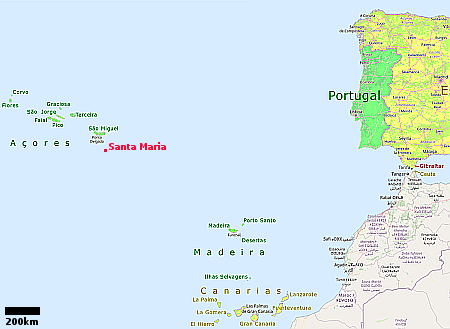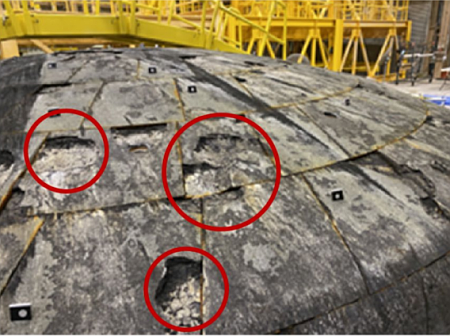Chinese pseudo-company building 3/4 billion dollar rocket factory
Though the Chinese pseudo-company Space Epoch has yet to launch any orbital rockets, it has announced it will spend $740 million on a factory for building its reusable rockets, intended to land on a platform at sea.
The 5.2 billion yuan ($740 million) project, led by Beijing-based space launch company Space Epoch, got underway on January 7. According to Hangzhou Daily, it will produce medium-to-large liquid-fueled rockets capable of reuse, high payloads, low cost and sea recovery. The facility, when ready, will manufacture up to 25 of these rockets a year. “A reusable rocket is like a taxi, satellites are the passengers, and a constellation of satellites is a busload of tourists,” Wei Yi, founder and chairman of Space Epoch, told local newspaper Hangzhou Daily.
The cost of space launch vehicles for mainstream rockets in China is approximately 80,000 to 100,000 yuan per kilogram ($11,000 to $14,000), Wei Yi explains. With Space Epoch’s “stainless steel + liquid oxygen and methane” solution, the cost is expected to be slashed to 20,000 yuan per kilogram, he adds.
The only flight tests that Space Epoch has publicly admitted to was a successful hop of a small scale Grasshopper-type prototype in May 2025. This new construction project suggests it has been able to raise the money to build its full scale rocket. I suspect some if not all of that money came from the Chinese government.
Though the Chinese pseudo-company Space Epoch has yet to launch any orbital rockets, it has announced it will spend $740 million on a factory for building its reusable rockets, intended to land on a platform at sea.
The 5.2 billion yuan ($740 million) project, led by Beijing-based space launch company Space Epoch, got underway on January 7. According to Hangzhou Daily, it will produce medium-to-large liquid-fueled rockets capable of reuse, high payloads, low cost and sea recovery. The facility, when ready, will manufacture up to 25 of these rockets a year. “A reusable rocket is like a taxi, satellites are the passengers, and a constellation of satellites is a busload of tourists,” Wei Yi, founder and chairman of Space Epoch, told local newspaper Hangzhou Daily.
The cost of space launch vehicles for mainstream rockets in China is approximately 80,000 to 100,000 yuan per kilogram ($11,000 to $14,000), Wei Yi explains. With Space Epoch’s “stainless steel + liquid oxygen and methane” solution, the cost is expected to be slashed to 20,000 yuan per kilogram, he adds.
The only flight tests that Space Epoch has publicly admitted to was a successful hop of a small scale Grasshopper-type prototype in May 2025. This new construction project suggests it has been able to raise the money to build its full scale rocket. I suspect some if not all of that money came from the Chinese government.
















